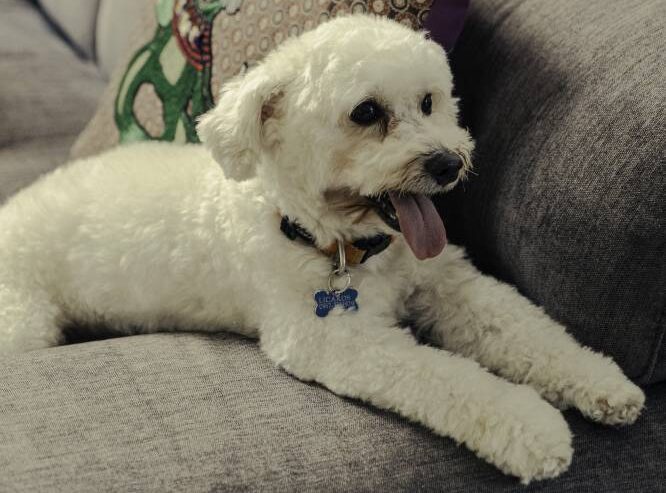The ‘pawlite’ companion

Pets are more than companions. They are family, confidants, and, in many ways, mirrors of our own behavior. Their presence enriches our homes with warmth, joy, and unconditional love—from the quiet hum of a cat purring on your lap to the jubilant welcome of a dog at the door, as if you were the best thing to happen all day.
Yet, for all the affection they offer, pets also invite us to practice responsibility. Just as good manners make life smoother among people, petiquette extends the same spirit of hospitality and grace to our life with animals.
The heart of petiquette
At its core, pet etiquette, or “petiquette,” begins with awareness. It affects not only family but also friends, neighbors, and even strangers who share your spaces. It is a quiet blend of responsibility, respect, and mindfulness.
Simple gestures, like teaching a dog not to jump on guests or reminding guests to greet pets calmly, go a long way toward preventing overstimulation, especially for senior dogs. And it keeps everyone comfortable. Picking up after your cat, or keeping the coat clean and brushed, are more than habits of hygiene; they communicate care.
For families, petiquette becomes an early education in empathy, accountability, and responsibility. When children learn to approach animals gently, understand their cues, and meet their needs, they are also learning grace and compassion—qualities that extend far beyond the leash or litter box.
Hygiene and health
Good pet manners start with good care. Cleanliness is both courtesy and comfort. Regular grooming keeps your pet comfortable and ensures your home remains inviting.
Vaccinations, flea and tick prevention, and routine veterinary visits are acts of respect, not only for your animal, but also for the wider community of pets and people.
Daily rituals—tending to their paws after a walk outside, cleaning litter boxes or washing dog beds, refreshing water bowls—may seem small, but they are gestures of hospitality. They create an environment where both human and animal guests feel at ease.
Behavior and training
Training, like children, all begins in the cradle or, in this case, at the end of a cute little leash. The morning ritual of guiding your puppy to a designated spot to do their business may seem ordinary, but it’s these quiet, consistent moments that teach structure. Routines become rhythms, and rhythms become second nature.
Social considerations
Our pets, like ourselves, occasionally step out into the world. Here, petiquette becomes a measure of good breeding—for both pet and owner. A leashed and calm animal communicates consideration, ensuring they don’t disturb or make others feel uneasy. Respecting the comfort of those who may be fearful or allergic… these are all signs of refinement.
Mindful interactions with guests
When entertaining, your pet becomes part of the welcome experience, not a source of stress. A polite host means knowing the comfort levels of your guests, and that includes managing how pets participate in the welcome.
Some visitors adore animals, others may be apprehensive. Petiquette means finding balance.
Pets and children
Children often learn their first lessons in empathy and responsibility through animals. Teaching them petiquette—gentle handling, respecting boundaries, feeding and walking responsibly fosters patience and awareness.
When our furry companions are treated as members of the family, not indulged without boundaries, but cared for with consistency and respect, they become ambassadors of calm, joy, and connection.
October is National Pet Wellness Month—a timely reminder that happy, healthy pets make for a harmonious home. And that, at its heart, is the “pawlite” companion.
View the full story on lifestyle.inquirer.net

















